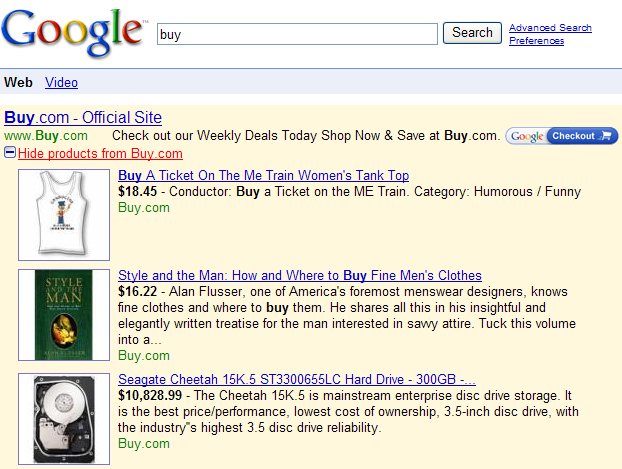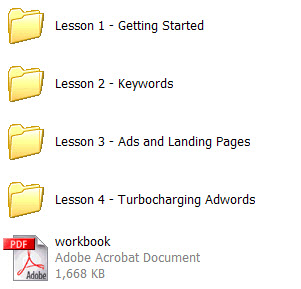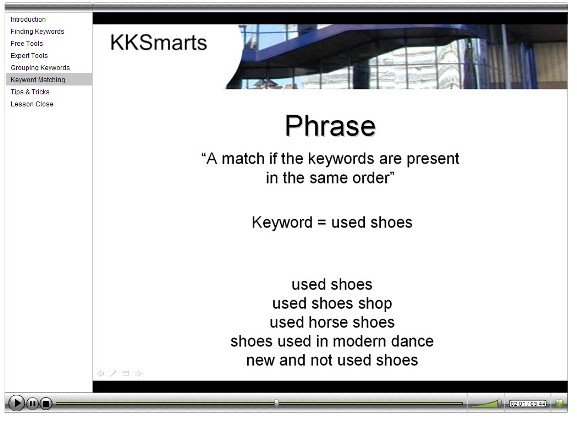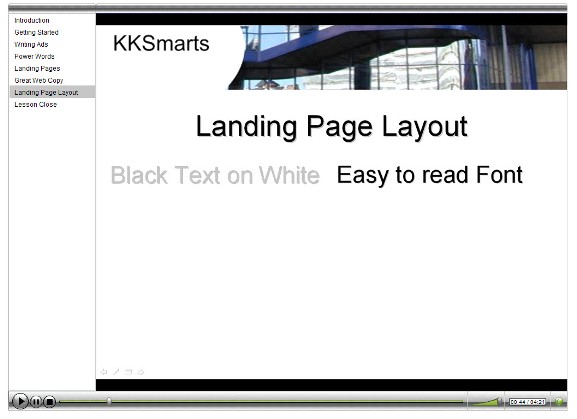On the face of it, Adwords is a pretty simple system. You bid for keywords, visitors pay per click, and the aim is to get the most visitors for the least money.
However, as anyone who has used Adwords will know, there are a number of tangles and traps, mostly designed to maximize revenue for Google.
The Google business model for Adwords must simultaneously achieve two – seemingly contradictory – goals. It must keep the bid prices high, whilst also keeping the relevance of the advertisements high. Google will not relegate relevance for higher bid prices.
Because Google Adwords works this way, this provides the bidder with opportunities to maximize value from the system, without bidding excessive amounts. One of the best approaches to Adwords is to simply “be more relevant”.
Here are five tips to help you, keeping relevance in mind.
1. How To Increase The CTR Of Individual Keywords
If you’ve got a keyword that matches the following criteria:
- High number of searches
- The Ad text is too general
You can quickly raise the CTR of the keyword by simply moving it into it’s own new group and writing an ad specifically for it. This makes the ad more relevant for the keyword, as opposed to getting lost in more general group. Experiment with the Ad copy until you hit the sweet spot.
2. Play To The Known, Not The Unknown
You’ve got to get your message across very quickly, and you only have a few words to do so. To make matters worse, many others links are competing for visitor attention, and the SERP results display more words than you advertisement is permitted.
So go with the familiar. Be hyper-relevant to the visitor by talking about concepts they already know and understand.
If you need to introduce a brand new concept with a test ad, you’re going to find it tough going. Instead, repeat the keyword term in your ad title, and then use ideas and concepts that the searcher is already familiar with. If your concept takes a lot of explaining, then the place to do it is on the landing page.
Focus your efforts on getting the click first.
3. Significantly Reduce Your Bid
Not getting much, if any, response from campaigns with high bids?
Drop ’em.
This will refocus your attention on the campaigns and ads that actually do work – the terms that are most relevant to your bottom line. If you put most of your effort into what is working, rather than what isn’t, you stand to benefit more. It’s the old 80/20 principle at work. Focus on the productive, not the non-productive.
Secondly, your poorly performing words might not be worthwhile, in terms of ROI, at $2.00 per click, but might do just fine a 0.20 cents per click. Traffic numbers might drop, but so too does the cost of acquisition. If you can make that equation work for you, then it can often pay to get out of the bidding war.
4. Watch the Time
Do you monitor the time of your conversions? You should, mostly because many other advertisers won’t bother.
Use Ad scheduling to display your ads at times of the day when you’re converting the most. This technique works because chances are you’re addressing slightly different needs at different times of the day.
For example, people might not feel comfortable pulling out their credit card in the office to pay for a personal online purchase, but they will do so at home. The relevance of an ad might differ for the same visitor, depending on the context – in this case, at what time of day – they see your ad.
5. Hang Out Where Your Customers Do
A lot of advertisers have problems making the content channel work for them. But this is mostly because the content market requires more effort. The advantage are that the click prices are substantially lower.
Search on the keywords you target, and look at the top sites in the main search results. You want to make a list of all those sites that run Adsense.
Next, you need to isolate those sites where the visitor is likely to have commercial intent.
For example, if site A is about buying electric guitars, as opposed to, say, the history of electric guitars, site A is more likely to deliver real buyers. The advertisements are appearing in a more relevant context for purchasing.
















